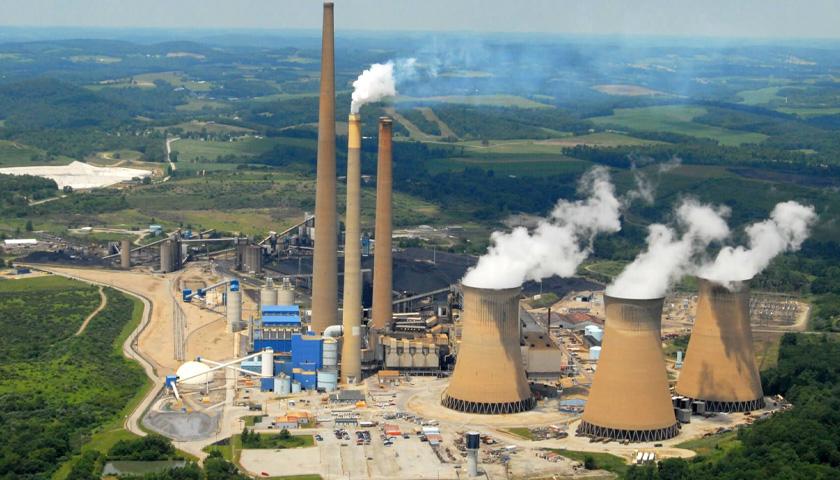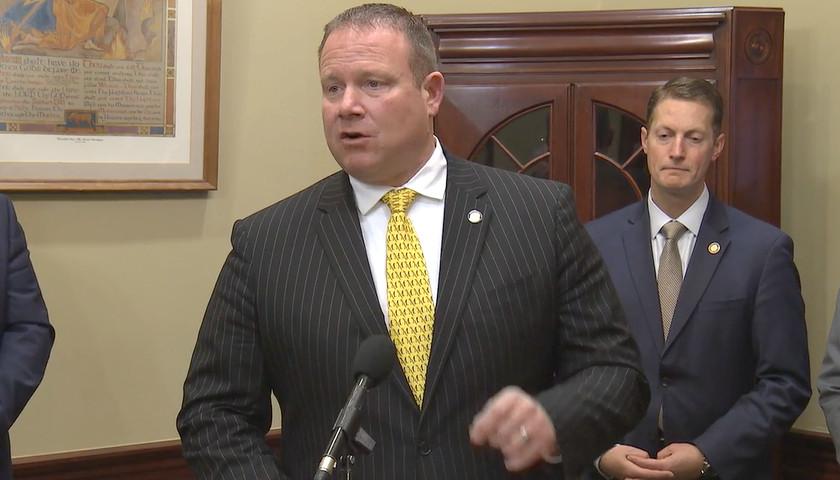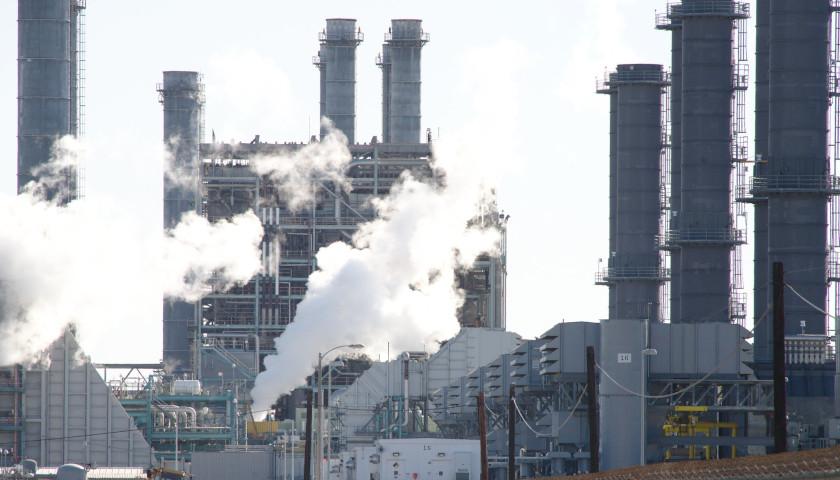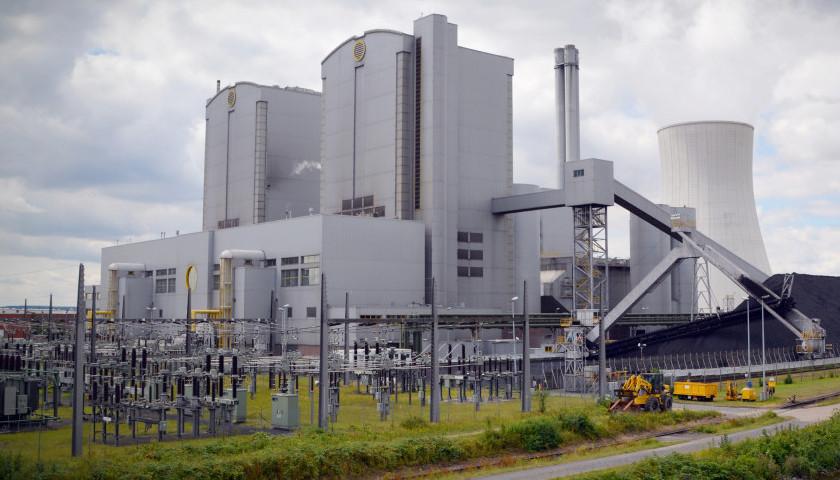In July, the Homer City Generation LP Plant, Pennsylvania’s biggest coal-fired energy creator, will be taken offline, meaning 129 well-paying jobs will disappear in Pennsylvania’s fifth-poorest county of Indiana.
This event, say free-market advocates and fossil-fuel supporters, should admonish Keystone State policymakers not to let the commonwealth let its abeyant membership in the Regional Greenhouse Gas Initiative (RGGI) become active. The pact involving a dozen northeastern and mid-Atlantic states entails de facto taxation of carbon emissions. Even pre-implementation, industry experts explain, preparation for RGGI is killing otherwise viable power plants.
Last year, the Pennsylvania Commonwealth Court heard arguments about whether the accord, which the court placed under injunction, can go into effect. Opponents object to then-Governor Tom Wolf’s (D) decision to bypass the General Assembly and effectuate RGGI membership via executive action. The GOP-controlled court is broadly expected to rule in favor of anti-RGGI legislators, but Governor Josh Shapiro (D) could try to save the initiative by appealing to the majority-Democrat state Supreme Court.
Behind only Wyoming and West Virginia, Pennsylvania produces more coal than other states according to the U.S. Energy Information Administration. But many generating stations fired by this source are ceasing operations. The Keystone and Conemaugh plants near Pittsburgh, for instance, are scheduled for shutdown in 2028.
As long as RGGI lingers, industry backers say, it saddles coal-based plants with an onus to prepare for a brutal cap-regulate-and-tax scheme which, per a March auction, would charge power plants a $12.50-per-ton CO2-emission price. Pennsylvania Manufacturers’ Association President David N. Taylor suggested the absence of RGGI could have allowed Homer City to operate for at least five more years.
“With the possibility, if not yet probability, that these extra operating costs are going to be imposed on their business, that’s why the folks at the Homer City plant have decided to just go ahead and close,” Taylor told The Pennsylvania Daily Star. “We don’t know what’s going to happen with the court case, but at least for Homer City it doesn’t matter because it’s already too late.”
Because Pennsylvania is America’s most copious electricity-exporting state, stability of in-state power generation serves the reliability of the nation’s electricity supply, something coal-station closures could compromise. Meanwhile, Homer City and surrounding communities will feel the facility’s absence acutely as they lose one of their biggest employers and taxpayers. Renewable energy sources might slowly begin to fill the void left after such plant closings, but not without demanding scads of public money through subsidies.
“Each of these energy sources should be expected to compete in the marketplace,” Taylor said. “Unfortunately, that market is very dramatically skewed by government intervention. If we didn’t have the massive subsidization and mandated utilization of these irregular and unreliable energy sources like wind and solar, the price point would be completely different; and, similarly with coal, if these plants weren’t being persecuted by the government, then the price point would be different there.”
The growing presence of government-supported renewables and increasing natural-gas generation enabled by hydraulic fracturing (or “fracking”) have fed a public perception that coal would be on its way out irrespective of RGGI. Pennsylvania Coal Alliance Executive Director Rachel Gleason disagrees that it would and she cites Winter Storm Elliott as a reason to still believe in coal’s usefulness.
After the storm hit much of the United States in late December, renewable energy sources and even usually reliable natural-gas facilities failed to provide 36 gigawatts of promised generation. Coal-fired stations ended up generating nearly half of the power that the PJM Interconnection transmission company needed to make up.
“It’s always coal that comes to the rescue,” Gleason said.
She said that this is not a fuel source of which consumers will be able to avail themselves much longer if RGGI and similar efforts to curb global warming through taxation and regulation aren’t curtailed.
“The threat of RGGI really impacts any kind of business planning going forward and maintenance to a plant,” she said.
Some critics of the program anticipate the state judiciary could soon sound its death knell. Taylor believes Wolf clearly overstepped his constitutional bounds in dispensing with legislative consent regarding the initiative, which would generate revenue exceeding what the program’s operation would require.
While the commonwealth’s executive branch may impose fees to undertake its governing duties, it cannot unilaterally levy charges on state residents or entities for purposes other than program administration. Those charges would be taxes rather than fees and require lawmakers’ approval, per the state Constitution.
Environmentalists may bewail RGGI’s end if the Commonwealth Court decides Wolf flouted the constitutional provision on legislative taxing power, but Taylor expects ordinary Pennsylvanians to feel differently.
“Coal is a Pennsylvania resource,” he said, “and we should be using all of our Pennsylvania resources responsibly, which is exactly what happens at these power plants that are under the gun because of Tom Wolf’s green fanaticism.”
– – –
Bradley Vasoli is managing editor of The Pennsylvania Daily Star. Follow Brad on Twitter at @BVasoli. Email tips to [email protected].
Photo “Homer City Generating Station” by NRG Energy.








